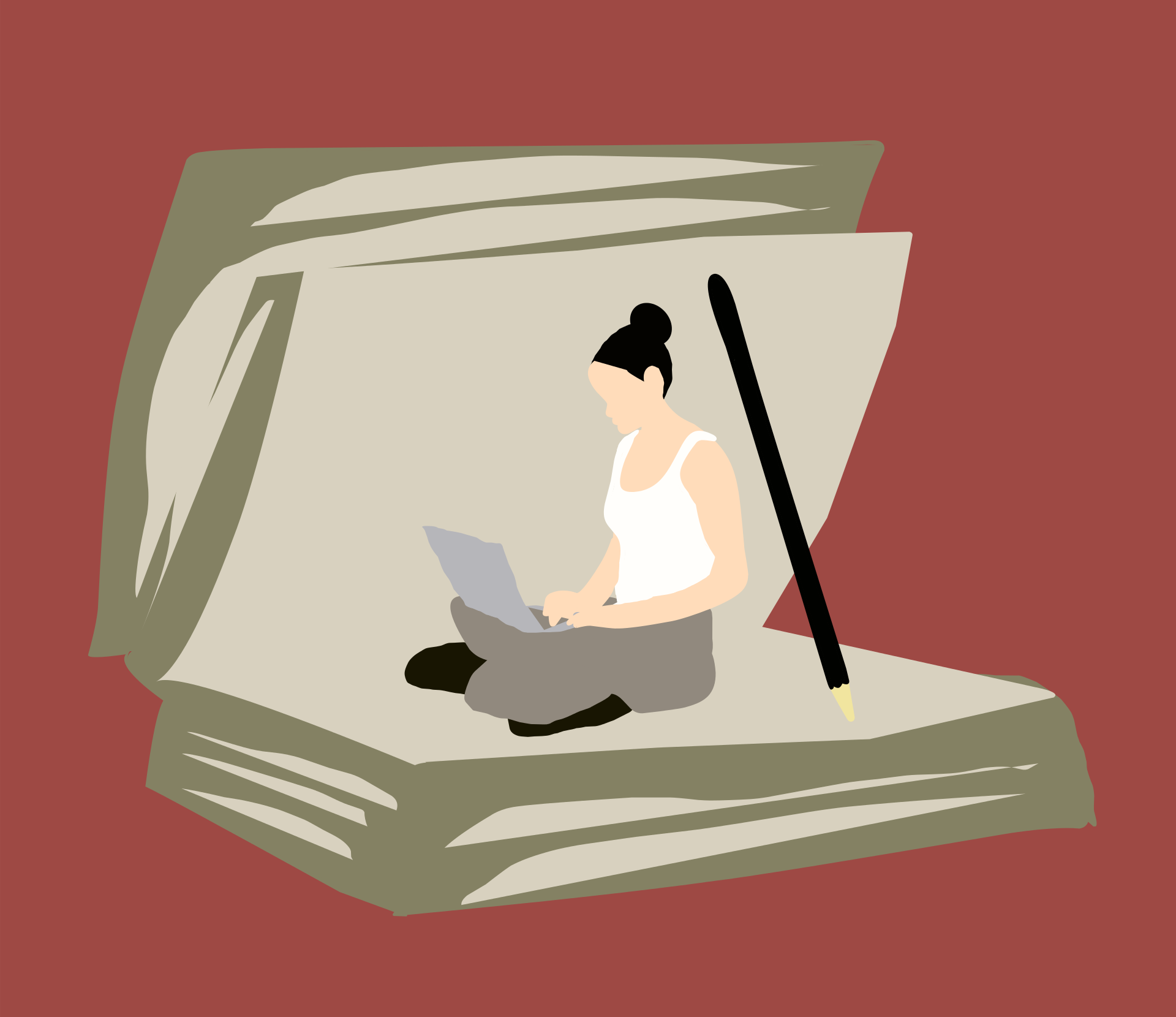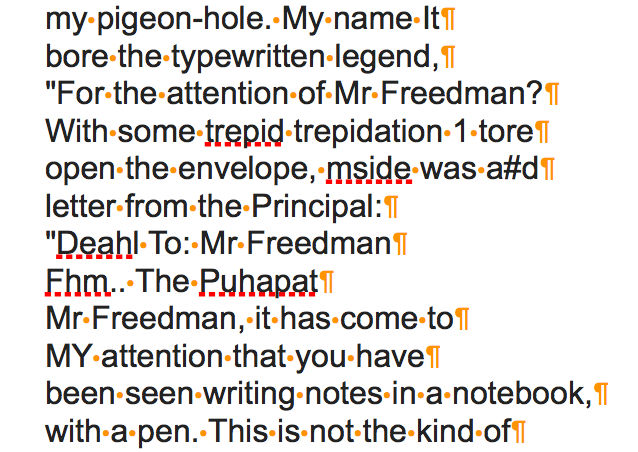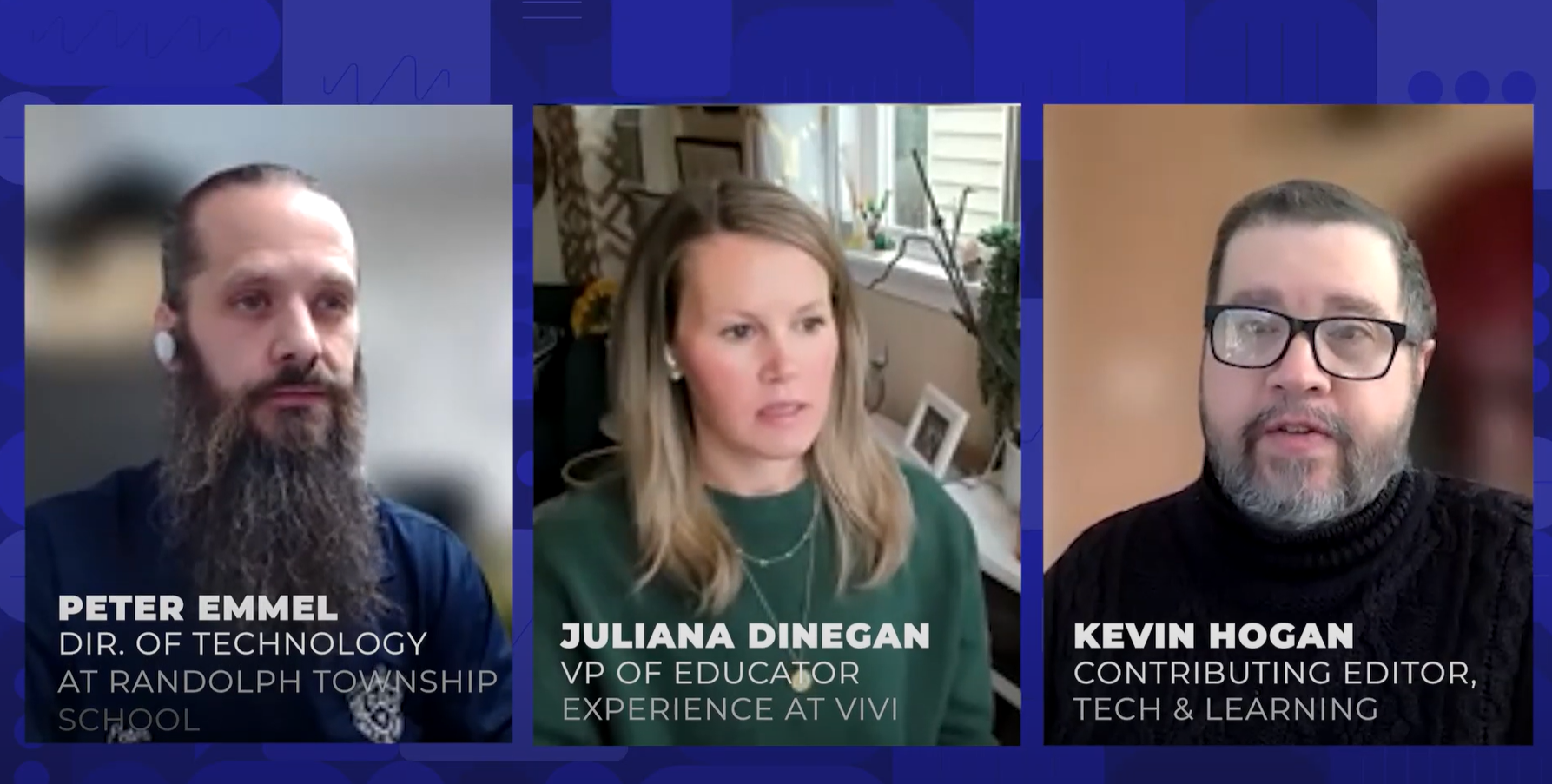Digital Note-Taking

Not long after I started working in a new position as Head of computing, I came into school one morning to discover a brown envelope in my pigeon-hole. It bore the typewritten legend, "For the attention of Mr Freedman". With some trepidation I tore open the envelope. Inside was a letter from the Principal:
"To: Mr Freedman
From: The Principal
Mr Freedman, it has come to my attention that you have been seen writing notes in a notebook, with a pen. This is not the kind of behavior I expect from the Head of Computing, and so you may wish to reconsider your position at this school."
It was a joke, of course, but it did highlight an interesting conundrum: Should a Head of computing or, indeed, anyone whose role includes the use of education technology, use only digital devices for note-taking?
I always carry a notebook and pen with me for four reasons. First it is often quicker to whip out a notebook and jot something down than it is to load up an app – especially if, like me, your phone is passworded.
Secondly, there is something about the physical act of with, as opposed to texting, that enhances one's creativity.
Tools and ideas to transform education. Sign up below.
Thirdly, my notebook does not require a battery.
Finally, if I am in public, nobody is likely to mug me for my notebook!
There are a couple of disadvantages though.
First, while it is quicker to make notes, it's a terrible job to find them afterwards. I've tried labeling my notebooks win the year in which I started writing in them, but it only helps up to a point.
Secondly, if you lose the notebook, you lose your notes. An obvious point, but one worth making I think.
Fortunately, there are three solutions I know of which afford the advantages of analogue note-taking without sacrificing the advantages of digital note-taking.
Livescribe
This consists of a special pen and special notebook. Once you have written your notes in the notebook, you can save them as a pdf document on your computer, thereby creating a permanent copy of your notes.
A great feature is that the pen contains an audio recorder. So, let’s say you’ve interviewed someone, and you’re not quite sure what some of your notes mean when you look at them afterwards. All you have to do is tap the pen on the bit you can’t make heads or tails out of, and it will play back what was being said at the time. As a matter of good form, and for legal reasons too, I always ask people in advance if they mind the fact the pen will record what they say. I always reassure them that I will not publish the recording or send it to a third party.
There is an add-on you can buy that converts your handwriting into text, but I found that it didn’t work very well with my handwriting.
The main disadvantage of the Livescribe solution I found was the thickness of the pen. After a while my hand aches from using it. Still, for interviewing people it is brilliant, though the audio is not very clear if you try to replay what was said in a conference. It’s also very good to have a digital copy of your notes.
[5 Ways To Develop Critical Thinking In ICT And Computing]
Moleskine-Evernote
This comprises a special Moleskine notebook and the Evernote app. You can use any pen with it. The way it works is that you write in the notebook, and then take photographs of your notes using the camera in the Evernote app on your smartphone. Your handwritten notes are then stored in the cloud, so that even if you lose the notebook you still have your notes.
Amazingly, despite the notes being handwriting rather than digital text, they become searchable in Evernote. This handwriting recognition is nothing short of brilliant, and a great time-saver. The notebooks come in various sizes, though I have confined myself to the pocket version and the A5 one.
A disadvantage is that you have to remember to photograph your notes, and that the handwriting is not converted into text. Another disadvantage is that the notebooks are very expensive compared to ordinary ones, and even other Moleskine ones. Disappointingly for those who like variety, the Moleskine-Evernote notebook is clearly modeled on Henry Ford’s principles: you can have any color you like as long as it’s black.
Moleskine Smart set
This comprises a special notebook, a special pen and an app. The way it works is that the pen, which contains a camera, is connected to the app via Bluetooth. If you have the app open while you’re writing, you will see your notes appearing in the app in real time. Otherwise, the data will be stored in the pen and transferred to the app the next time you ‘log on’. Then you can play it safe by backing up the whole notebook to the cloud. I use Google Drive myself.
There is also a Transcribe option. This is not brilliant: not only does it render some words as gibberish but, annoyingly, it puts a ‘carriage return’ at the end of each line, thereby turning each line into a separate paragraph. Also, you cannot transcribe all the notes from a session at once: You have to process them one page at a time. I’ve included a screenshot of part of my transcribed draft of this article, as it appeared in Word.

Despite these drawbacks, the transcribe facility does save a bit of time. What I especially like about the whole set-up is that I can go to a conference or conduct an interview without lugging a laptop around, because I can turn my notes into text later.
At the moment, there are only two notebook sizes: A5 and A4. What would make this super useful is a pocket notebook version. Also, the pen is oval rather than round, so it takes a bit of getting used to.
Conclusion
What these three options have in common is that they make it possible to take notes in the time-honored way and then be able to use them afterwards. They also, in effect, allow you to separate your notes from the notebook in which you wrote them. That means that if you lost your notebook it would be annoying, but you wouldn’t lose the contents of it.
Assuming, of course, that you’ve taken the time and trouble to save your notes digitally.
Terry Freedman is an independent edtech consultant and freelance writer based in London, England. He publishes the ICT & Computing in Education website.
